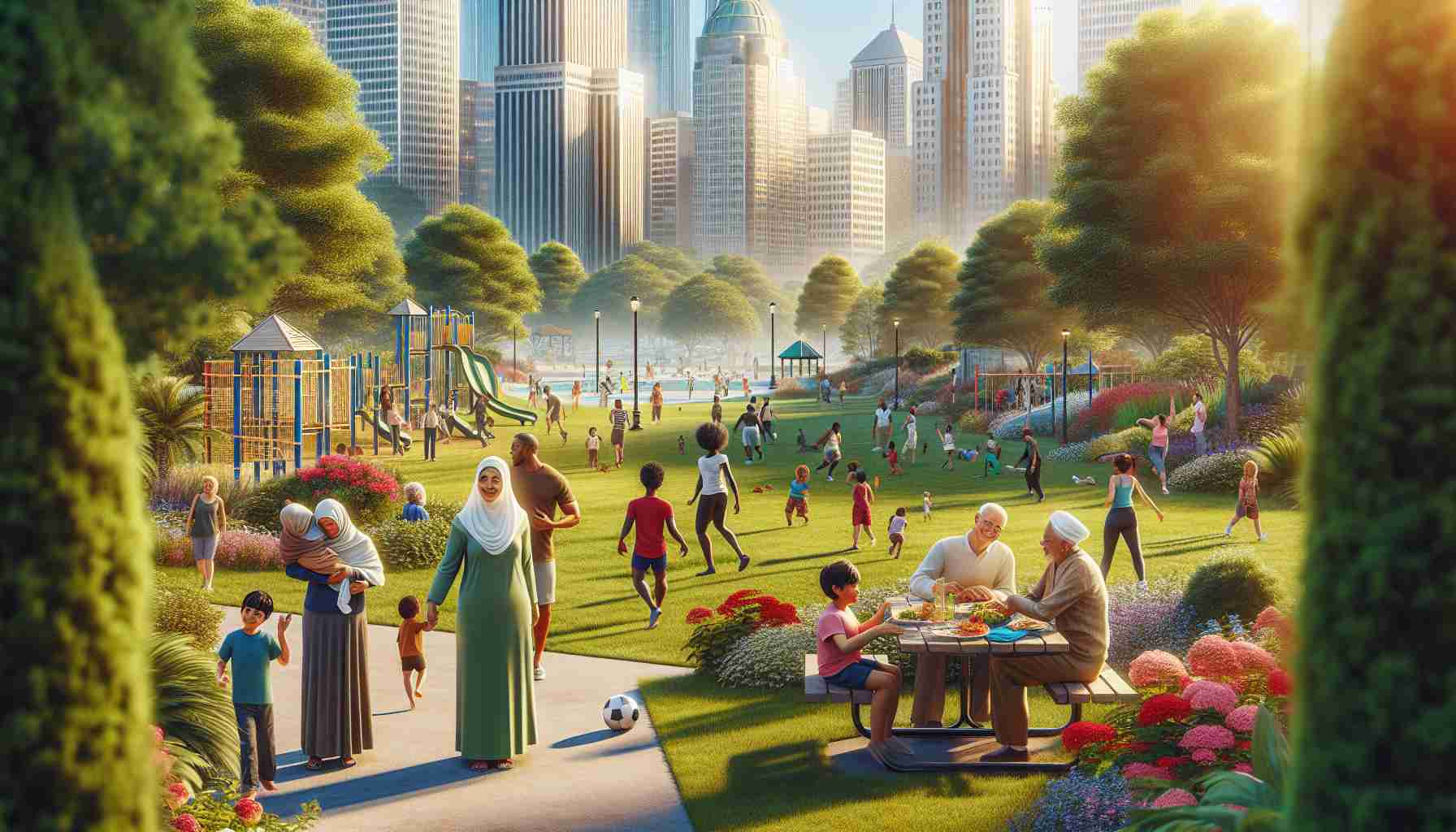Urban green spaces, which include parks, gardens, and recreational areas, play a crucial role in enhancing the quality of life in cities. As urban populations continue to grow, ensuring accessible green areas becomes increasingly important for fostering community well-being. Research has shown that these spaces not only provide aesthetic benefits but also contribute significantly to physical and mental health.
Access to green spaces has been linked to a range of health benefits. Studies indicate that residents living near parks are more likely to engage in physical activities, such as walking, jogging, and sports. According to the World Health Organization, physical inactivity is a leading cause of global morbidity and mortality, making accessible recreational areas a vital component of public health strategies. Furthermore, green spaces have been shown to reduce the risk of chronic diseases such as obesity, diabetes, and heart disease, promoting healthier lifestyles among urban dwellers.
In addition to physical health benefits, urban green spaces are pivotal for mental health. Numerous studies have reported a correlation between spending time in nature and improved mental well-being. Exposure to green environments has been associated with lower levels of stress, anxiety, and depression. According to a study published in the journal Environmental Health Perspectives, individuals who have greater access to green spaces are more likely to report higher levels of happiness and life satisfaction. The therapeutic effects of nature are increasingly recognized in environmental psychology, underscoring the need for cities to incorporate mental health considerations into urban planning.
Furthermore, urban green spaces foster social interactions and community cohesion. Parks and communal gardens serve as gathering places for residents, promoting social ties and a sense of belonging. A strong community network can lead to various positive outcomes, including increased civic engagement and community resilience. Research indicates that neighborhoods with abundant green spaces tend to exhibit lower crime rates and higher levels of social capital. Thus, investing in green spaces is not just an environmental issue; it is also a strategy for building stronger, more connected communities.
The economic benefits of urban green spaces are also noteworthy. Green parks can increase property values, attracting residents and businesses alike. The National Recreation and Park Association notes that parks can contribute to local economies by enhancing revenues through tourism, recreation activities, and local businesses. Moreover, investing in green infrastructure often yields significant returns, as natural solutions to stormwater management and air quality improvement can reduce municipal costs.
In conclusion, prioritizing urban green spaces is essential for promoting public health, enhancing community well-being, and supporting sustainable economic development. As cities continue to evolve, integrating more green areas into urban planning is not just beneficial but necessary for creating healthier, happier, and more resilient populations. By acknowledging the multifaceted advantages of green spaces, urban planners and policymakers can work towards revitalizing cities and improving the quality of life for all residents.
Maximizing Urban Green Spaces: Tips, Hacks, and Fascinating Facts
Urban green spaces are vital for enhancing both individual and community well-being in cities. As you explore the benefits discussed in the previous article, here are some valuable tips and life hacks to make the most of these green areas, along with some interesting facts that can deepen your appreciation for urban nature.
1. Plan Your Visits Wisely
To maximize your time in green spaces, plan visits during off-peak hours. Early mornings and weekdays typically see fewer crowds, allowing for a more peaceful experience. Taking advantage of quieter times can enhance the mental health benefits of being in nature.
2. Bring Nature to Your Home
If you live in a densely populated area with limited access to green spaces, consider incorporating plants into your living space. Indoor plants can improve air quality and bring a sense of calm, mimicking the effects of outdoor green environments.
3. Organize Community Events
Host or participate in community activities in your local parks, such as yoga classes, picnics, or garden clean-up days. These gatherings not only promote physical activity but also foster social connections, enhancing community cohesion.
4. Use Technology to Discover Green Spaces
Leverage apps and websites that can help you locate nearby parks and gardens. Many cities offer green space directories, and mobile applications can help you find a park suited to your recreational needs. Look for features like accessibility ratings that cater to varying mobility levels.
5. Incorporate Green Space in Your Routine
Make visiting your local park part of your daily routine. Whether it’s a brisk walk during lunch or a weekend family outing, regular exposure to green spaces can enhance your physical and mental health.
6. Respect and Maintain Green Areas
Participate in stewardship activities like community gardening or clean-up days. Not only do these actions help maintain the beauty and functionality of urban parks, but they also provide a sense of ownership and pride in your community.
Interesting Facts You Might Not Know:
– Nature and Productivity: Studies indicate that spending time in green spaces can boost creativity and problem-solving skills. This means a walk in the park might be exactly what you need for that fresh perspective!
– Biodiversity in Urban Areas: Many urban parks are home to diverse plant and animal species. Engaging with these natural habitats can enhance environmental awareness and appreciation.
– Green Roofs and Walls: Green roofs and living walls are innovative ways cities are incorporating more greenery. These structures not only provide insulation and reduce energy costs but also contribute to urban biodiversity.
Related Links:
For more inspiration and resources on making the most of urban green spaces, visit NRDC for insights on sustainable urban living, or explore National Parks Foundation for ideas on enjoying nature responsibly.
Incorporating these tips and reflecting on the fact highlighted can enhance your experiences in urban green spaces while promoting a healthier lifestyle and a connected community. Embrace the opportunities around you to thrive in urban nature!







